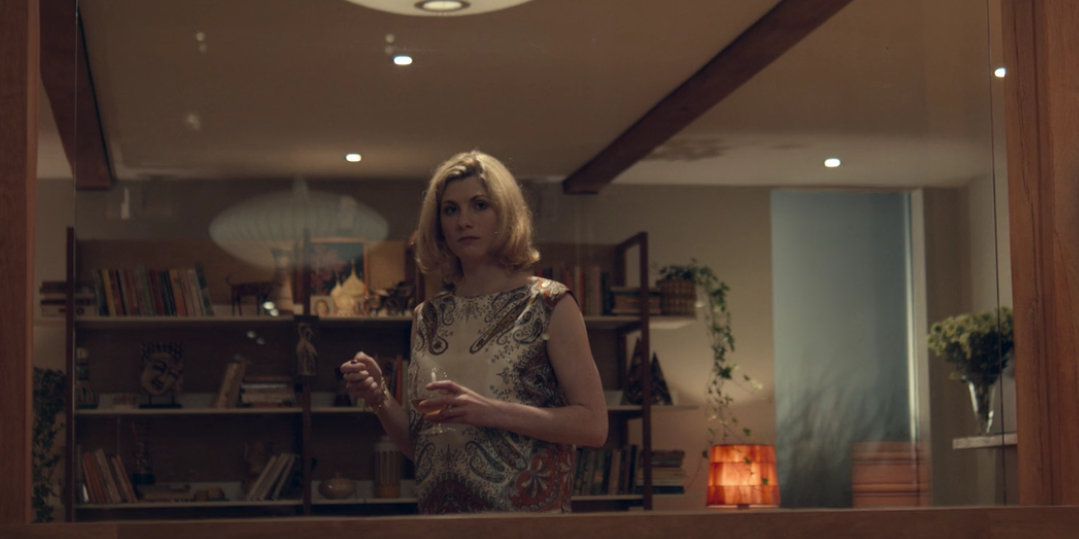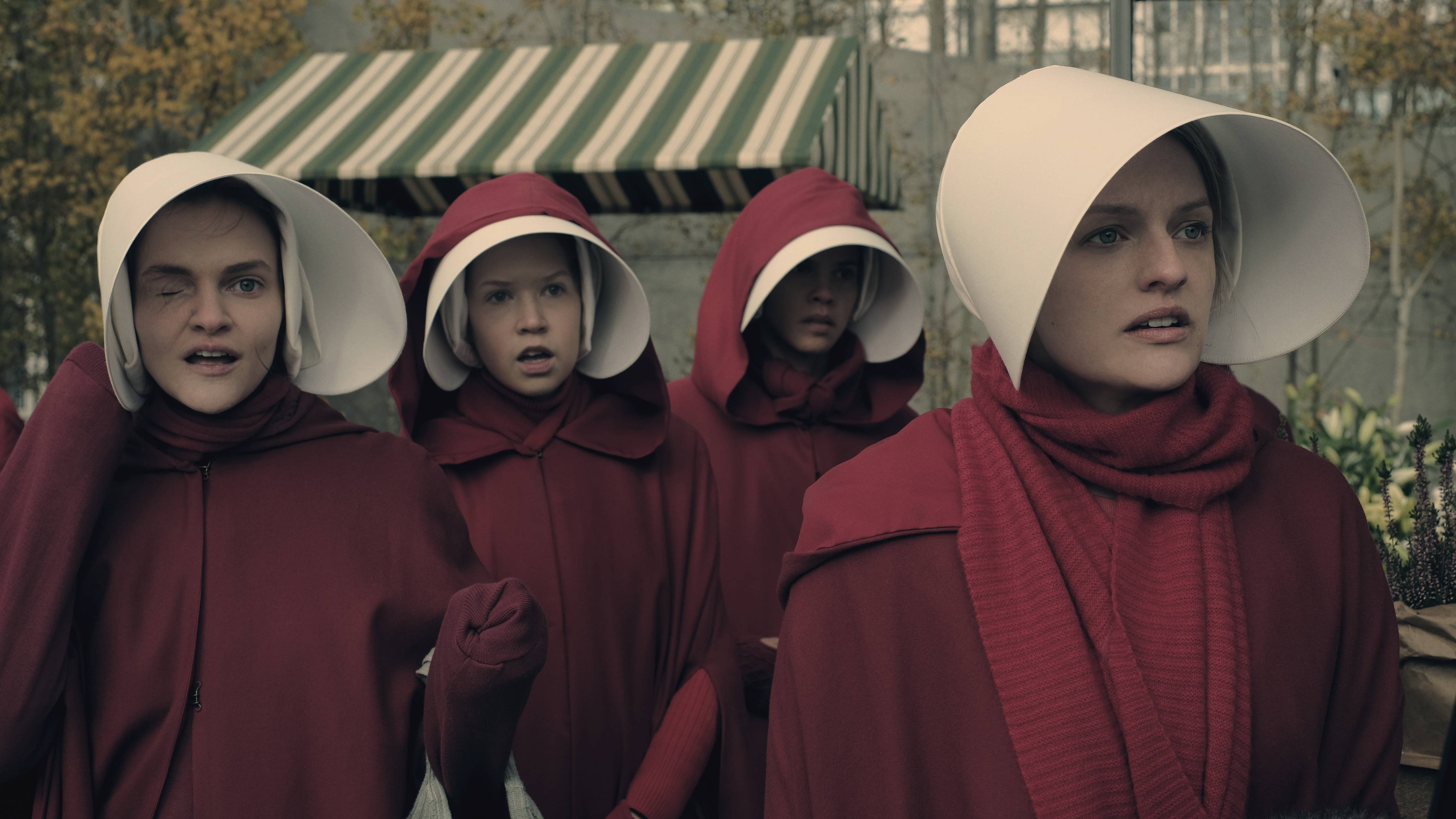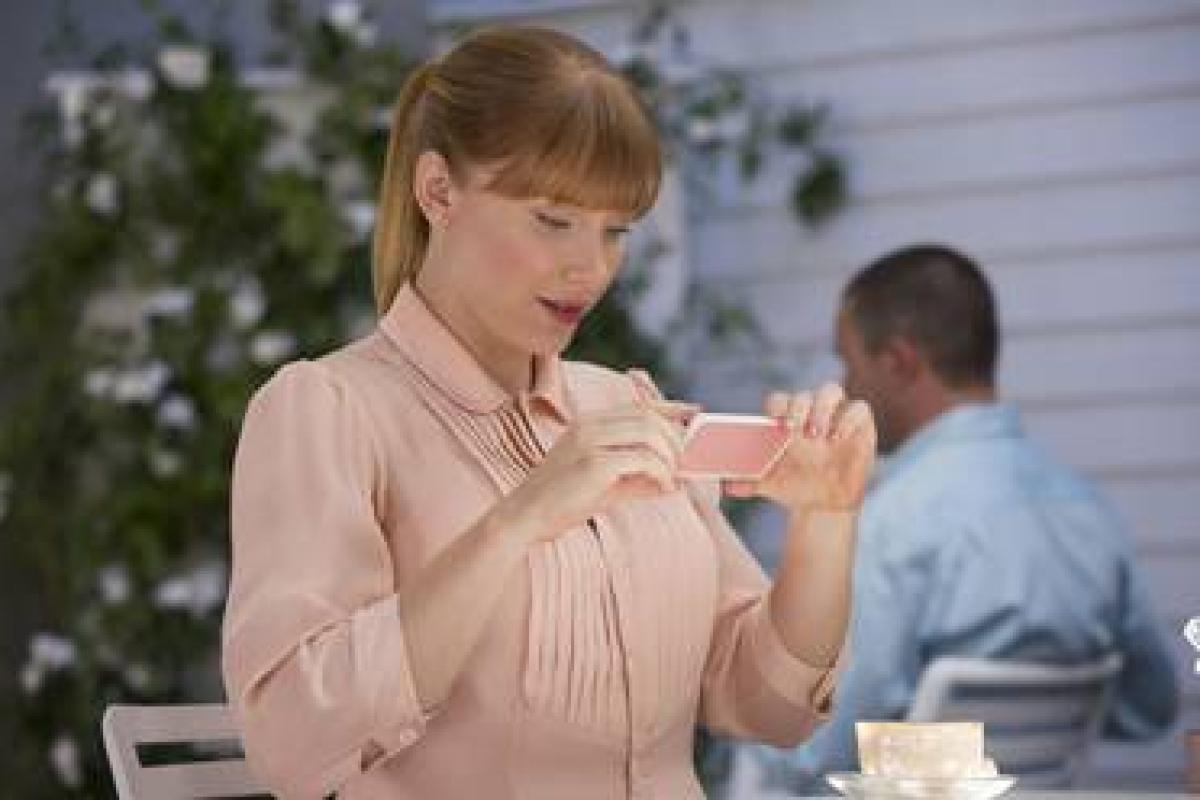As of October 21st 2015, we are officially living in the future. This is the date that Marty McFly travelled to in Back to the Future Part II, a world full of hoverboards, flying cars and self-tying sneakers.
However, rather than presenting us with far off futuristic visions, more recent popular sci-fi narratives like Her (2013), Ex Machina (2015), The Lobster (2015), Black Mirror (2016) and The Handmaid’s Tale (2017) break the mould and bring things closer to home, often showing us the world as it really could (and might) be. These contemporary examples use ultra-near or parallel worlds to display allegorical reflections of today’s anxieties and priorities. We see scenarios with which we empathise, settings that look like our own homes, and importantly, tech we can easily imagine using.
Pre-millennium sci-fi rarely generated the same existential fear or worry; it’s hard to truly picture yourself fighting for survival in an unrecognisably barren landscape or floating in space in a galaxy far, far away. After the apocalyptic fear around the millennium, original (not remakes) sci-fi films in the 2000’s left behind the colourful costumes, lasers and aliens of the 80’s and 90’s to create new tropes that we now instantly recognise. Visually centred around sleek ‘techno-utopias’ or ‘post-apocalyptic dystopias’, these two noughties settings remain hugely popular and are now almost cliché conventions. They looked at how technology would function once we passed the initial challenges posed in those early years of the digital age. By understanding them, we can see how current media evolve their cues to show a future we can relate to more than ever.
Cold techno-utopias: 2000s
The majority of films just after the millennium reflected the tech industry’s key design obsession to make everything sleeker, smoother, faster – seen in cold blues and greys, slick aerodynamics and user experience. They present a context free from technology as ‘other’ when everything just works quickly. Minority Report’s pre-crime centre, with its floating images and gestural ease, came to embody this techno-utopia and was endlessly emulated.
In these worlds, technology and communications are advanced and seamless: holograms, visual communications devices, weapons that extend from the body and driverless transport. Tech feels ‘tech-y’ and extremely futuristic — whole worlds of chrome, black, blue light and glass. Tech dominates and wields power in the hands of elites or institutions (and rebels). These utopias regularly turn out to have a dark side, and the coldness comes to represent the fear of unchecked machine autonomy, reflecting anxieties around organised control — where the tech works so well, becomes so superior, that it threatens the key protagonists (or humanity itself). In Moon, Sam Rockwell’s character realises that he is part of an automated cycle of cloning—a rigid, perfect system from which he strives to escape. In I Robot, Will Smith destroys a powerful AI robotics system that decides to strip the human race of its free will.

Warm techno-utopias: current sci-fi
Several recent films break the mould of the technological utopias by adding visual warmth. In narratives like Her and Ex Machina, the action takes place in unusually cosy, comfortable domestic settings. Instead of blue lights and chrome walls, there are dim lights and pastel, yellow or orange tones. These examples take the seamless technology and transparent glass settings of the early digital era and inject a sense of comfort and domesticity, reflecting the shifting role of technology over the past nearly-two decades from something institutional to quotidian.nhfg
These warmer tones are more ergonomic, genderless, optimistic and personable – more human. The interface operating system in Her is orange, not blue or black. The key role of tech here is to create and establish intimate emotional connections by lulling us into a false sense of complacency and help us forget its highly intelligent and intuitive capabilities. In both Ex Machina and Her, the protagonists fall in love with these systems, underestimating the capabilities and motivations of the AI. This combination of warmth and emotion doesn’t transport the viewer too far into the future or other dimensions, but to a recognisable, worrying future in which we can imagine living.

Post-apocalyptic dystopias: 2000s
In contrast to sleek technological utopias, millennium post-apocalyptic dystopian futures resemble disorganised steampunk scrap heaps and are set in a time when humanity has to compete for remaining resources. They are familiar from the classic Mad Max, and updated through Neill Blomkamp’s sci-fi slum films (District 9 (2009), Elysium (2013), Chappie (2015)) and Mad Max: Fury Road (2015).
These worlds are barren and devoid of nature after being ravaged by catastrophes like nuclear war or overpopulation. The desert environments characterised by dirt, dust, and grime indicate scarcity and a difficult, uncomfortable existence. A lot of the visual and narrative focus is on the bulky, analogue technology with lumbering workshops and mechanics. Characters must be resourceful and resilient in order to make technology work for them; their survival depends on it.

Contemporary dystopias: current sci-fi
The Handmaid’s Tale may not obviously be sci-fi. The world appears almost historical (grand suburban houses, puritan clothing), however the setting and relationship with technology evolves some of the cues from post-apocalyptic dystopias such as the barren landscape and clunky technology. The key events take place in an old, empty house, devoid of modern comforts, and technology is inaccessible and analogue (handwritten letters and posters, old telephones). The lone character must be resourceful in this post-catastrophe context.
The warm technological utopias show futuristic scenes and warm them up, lulling us into a false sense of security while showing us ideal domestic settings that we actually would aspire to, if we could keep the tech in check. More contemporary dystopias show recognisable, domestic settings and add darkness, grime, and a steely coldness that serve as stark, unsubtle warnings: this could happen, this could be you, in your house, in your neighbourhood, if we’re not careful.

What if, in the next five years…
This new wave of sci-fi tackles issues that affect us on a more personal, daily basis. They reflect contemporary societal struggles like technological dependency, sexual and reproductive autonomy, or the rise of fascism, acting as cautionary tales. They also show us how domestic and personal technology will likely evolve (or devolve) in the near future, and present hypotheses on everyday experiences that we can truly imagine.
We can learn a lot from these visions – not just how new technologies could function in future contexts, both physically and emotionally, but also how our collective vision of the future is changing, and our priorities with it. What if, in the next five years, we have total technological surveillance? What if we become so addicted to our technology that we stop seeking out real love? What if our governments limit our access to information online?
Contemporary sci-fi shows us a mirror rather than hypothesises about distant futures. This is why these films garner such cult success, spark debate and discussion, and linger with us after we watch them.
Current sci-fi is closer to home than ever and it’s one full of potential, both good and bad.
This article, by Rebecca Collins, originally appeared on www.space-doctors.com.
Follow them @SpaceDoctorsLtd



